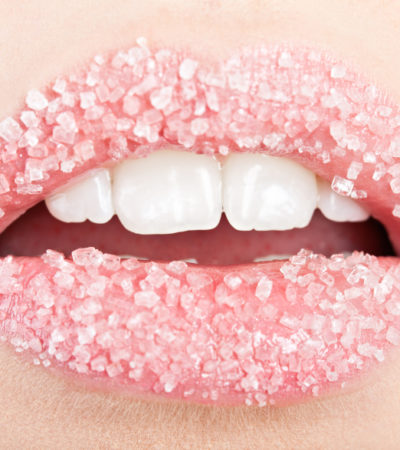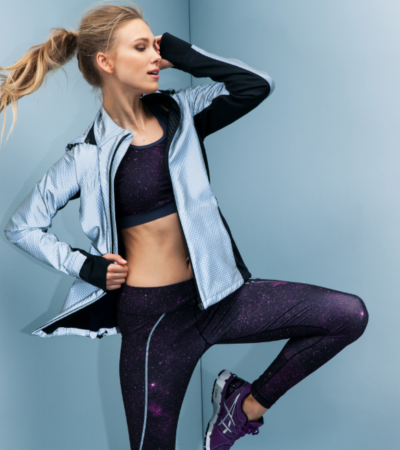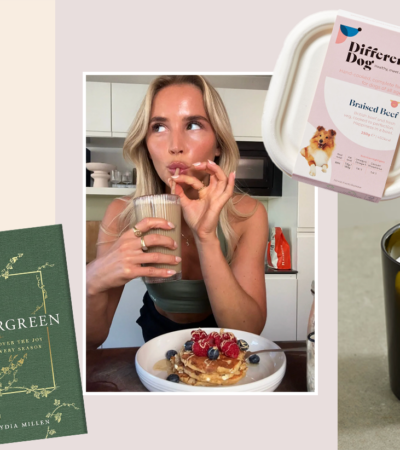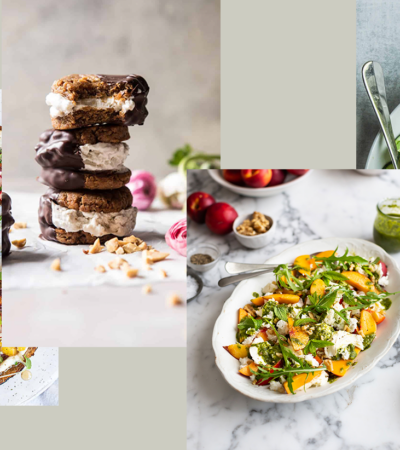It’s bikini season, which can only mean one thing say’s Zoe Louise Cronk, it’s time to eat clean to get lean
As summer finally begins and the entire country whoops with barbecue-induced glee, the female population are simultaneously struck by one horrifying realisation: bikini season has arrived. Frenzied Googling of ‘quick fix for a flat stomach’ and ‘get fit fast’ commences across the nation, and our trusty search engine soon turns up millions of websites from the seemingly trustworthy to the downright hilarious. But while the fads promising two stones of weight loss in two weeks might sound tempting, according to the experts, the key to a fit, healthy body and to feeling good both inside and out lies in…*drumroll please*… clean eating.
The much-hailed favourite of nutrition and fitness professionals worldwide, the concept of clean eating is far from new. Its basic premise may often be disguised by the hard-to-stick-to restrictions of a celebrity-endorsed food craze, but the concept is simple: consume foods in their most natural form. Helen Bond, State Registered Dietitian and spokesperson for the British Dietetic Association explains, “It’s about going back to nature – swapping processed and refined foods for ones that occur naturally and have little, if anything, added to them. This means eating fresh red meat rather than processed meat products like sausages, brown rice instead of white rice, and oats over sugary cereal.”
It genuinely is as easy to follow as it sounds, but because that infuriating word ‘maintenance’ still manages to rear its ugly head, we’ve enlisted three experts to help you (and us) sustain, maintain, get clean and look lean!
THE BENEFITS
Describing clean eating as “great for optimal health”, dietitian Helen has been recommending this nutritional technique for years, advocating that it also helps to “improve skin, hair and nails, reduce tiredness and irritability, and lower risk of heart disease, stroke and certain cancers.” Kayleigh Turner Bazen, accredited personal trainer and founder of KTraining, lists benefits including weight loss, weight management and an improved immune system. She explains, “You can exercise all you want, but having the right nutrients in your body will increase performance and improve wellbeing.”
STILL DUBIOUS? HERE’S THE SCIENCE:
Clean foods (e.g. fresh fruit, vegetables, lean protein and wholegrains) are packed with natural enzymes that aid digestion. Their low glycemic index means that energy is released slowly, helping to avoid extreme sugar highs and lows that often lead to binging. Simple carbohydrates (e.g. white bread and pasta) are particularly bad for this as they take little time to be digested and absorbed. The body experiences a spike in insulin, which passes quickly and is followed by sugar lows and cravings.
MAINTENANCE
Congratulations, you’ve survived two weeks of clean eating! But when the choco-temptation becomes too strong to resist, how much of an impact will an occasional treat have on our waistlines? When asking the experts this all-important question, I braced myself for the “sticking to the regime is essential” answer, so my taste buds and I were over the moon when Steve Tansey, UK Master Trainer at Les Mills and International Presenter in BodyCombat, BodyPump and GRIT, replied, “There’s nothing wrong with a cheat meal. Consumption of foods that do not qualify as healthy will not unbalance all the good work done previously.”
Hooray! But before we make a beeline for the Tesco sweet aisle, Steve cautions, “However, the treat must be small, for example, a small bar of chocolate or small packet of crisps. For quick results, these should be limited to twice a week.”
And it’s not just Steve who’s allowing us a little indulgence here and there, dietitian Helen agrees. “The individual can choose how ‘clean’ they want to go,” she says. “My advice would be to follow the 80/20 rule: eating clean 80% of the time with occasional treats 20% of the time.” Personal trainer Kayleigh even states that enjoying one-off treats can actually lead to positive outcomes, through “increased morale” and/or “feelings of guilt which then boost performance in fitness sessions to come.”
GETTING THE MOST FROM EATING CLEAN
It’s no surprise that our experts encourage exercise alongside clean eating. “A combination of cardiovascular, muscular strength and endurance training,” is personal trainer Kayleigh’s advice, with dietitian Helen proposing “30 minutes of moderate-intensity physical activity, five days a week.” And while Master Trainer Steve divulges his belief that “results are 70% diet and 30% exercise” in a blissful suggestion that our ideal body could emerge through nutrition alone, in order to achieve the “higher metabolism, decreased fat percentage and increased lean muscle tissue” that go hand-in-hand with a fit, healthy physique, Steve recommends high intensity interval training (HIIT).
SO BASICALLY…
Stick to naturally-formed foods and avoid processed goods. Allow yourself a small treat twice a week to maintain willpower and raise morale, and try to include HIIT in five 30-minute workouts per week. With a lean bikini body at the forefront of our minds, not only does this sound entirely do-able, it also sounds like a healthy, sustainable lifestyle we could readily adopt.
Go on, give it a go. Your holiday snaps will thank you for it.
DIETITIAN HELEN’S CLEAN EATING MENU:
Breakfast – Porridge with blueberries, strawberries or sprinkling of nuts and a spoonful of low-fat natural yoghurt.
Mid-morning – Piece of fruit and small handful of unsalted almonds.
Lunch – Grilled chicken breast and large salad with drizzle of olive oil and lemon juice, plus one slice of homemade wholewheat bread.
Mid-afternoon – Bowl of homemade vegetable soup.
Dinner – Grilled tuna steak, boiled new potatoes and steamed veg, plus fruit salad with low-fat natural yoghurt.
Image: Bikini from www.seafolly.com














